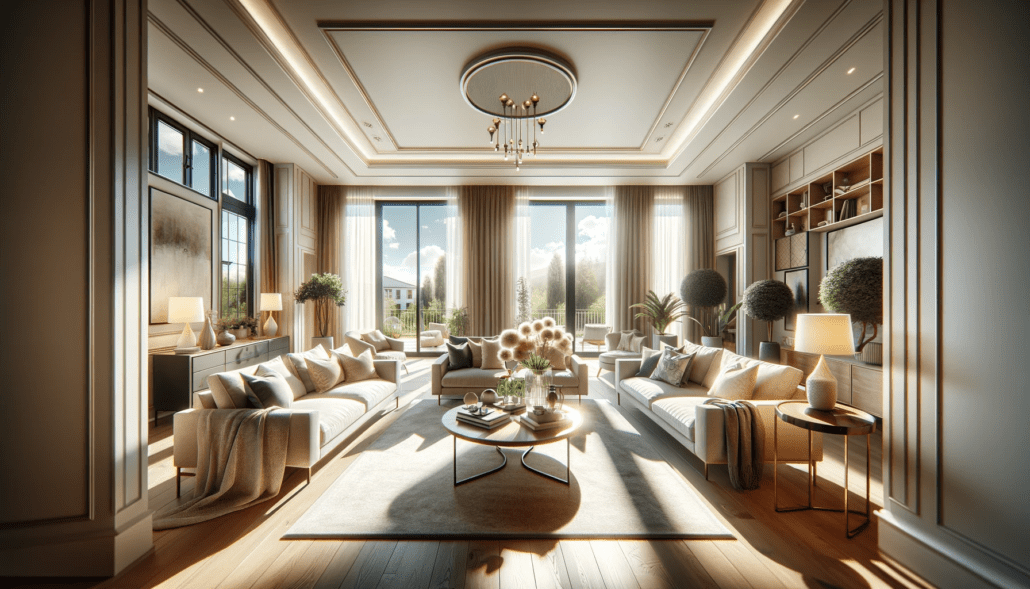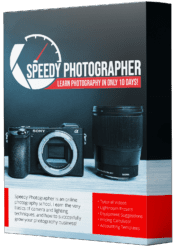Real Estate Photography: Capturing Homes at Their Best

Real estate photography is more than just taking pictures of rooms and buildings. It’s an art that requires skill, creativity, and an understanding of what makes a property appealing. This blog post will explore tips and tricks to excel in real estate photography, ensuring that the properties you photograph stand out in the highly competitive real estate market.
Understanding the Basics
First and foremost, it’s crucial to understand the basics of photography. This includes knowing how to work with different lighting conditions, mastering composition, and having a good grasp of your camera settings. Real estate photography often involves dealing with a range of lighting scenarios, from bright natural light streaming through windows to more dimly lit areas like basements.
Tip: Use HDR Photography
High Dynamic Range (HDR) photography can be particularly useful in real estate photography. It involves taking several shots of the same scene at different exposures and then blending them together to create a photo that is representative of both the brightest and darkest areas.
The Right Equipment
Investing in the right equipment is essential. A wide-angle lens, for instance, is a must-have for capturing the full essence of a room. It allows you to get more of the room in the frame, making spaces look larger and more inviting. Additionally, a tripod is crucial for stability, especially in low light conditions or when creating HDR images.
Tip: Drone Photography for Exteriors
For exterior shots, consider using a drone. Aerial photography provides a unique perspective of the property and can be particularly impactful for showcasing large estates or properties with stunning surroundings.
Staging and Composition
Staging the property can significantly impact the final image. The goal is to make the space look inviting and lived-in, without it being too personal. This might involve rearranging furniture, removing clutter, and adding some neutral decor.
Tip: Find the Best Angles
Composition is key. Look for angles that best highlight the features of the property. For instance, shooting from a corner can often make the room look bigger, and capturing the flow from one room to another can give a sense of the property’s layout.
Lighting and Time of Day
Lighting can make or break your real estate photos. Natural light is usually the best option, so try to schedule your shoots during the day when sunlight is abundant. However, avoid times when the sunlight is too harsh as it can create unflattering shadows.
Tip: Twilight Photography
Consider a twilight shoot for a high-end look. Shooting at dusk, with indoor lights on, can create a warm and welcoming ambiance.
Post-Processing
Post-processing is a powerful tool in real estate photography. Use software like Adobe Lightroom or Photoshop to adjust exposure, contrast, and color balance. This step can help in bringing out the details and making your photos pop.
Tip: Keep It Real
While it’s tempting to heavily edit photos to make them look perfect, it’s important to keep the images true to the actual property. Over-editing can lead to disappointment and mistrust from potential buyers.
Conclusion
Real estate photography is a blend of technical skill and artistic vision. By understanding the importance of equipment, mastering the art of staging and composition, making the most of lighting, and skillfully editing your photos, you can capture images that not only showcase a property but also tell its story.
Remember, each property has its unique charm and character. Your job as a real estate photographer is to capture that essence and present it in the best possible light. With practice and attention to detail, you can develop a portfolio that stands out and helps sell properties faster and for better prices.




Leave a Reply
Want to join the discussion?Feel free to contribute!